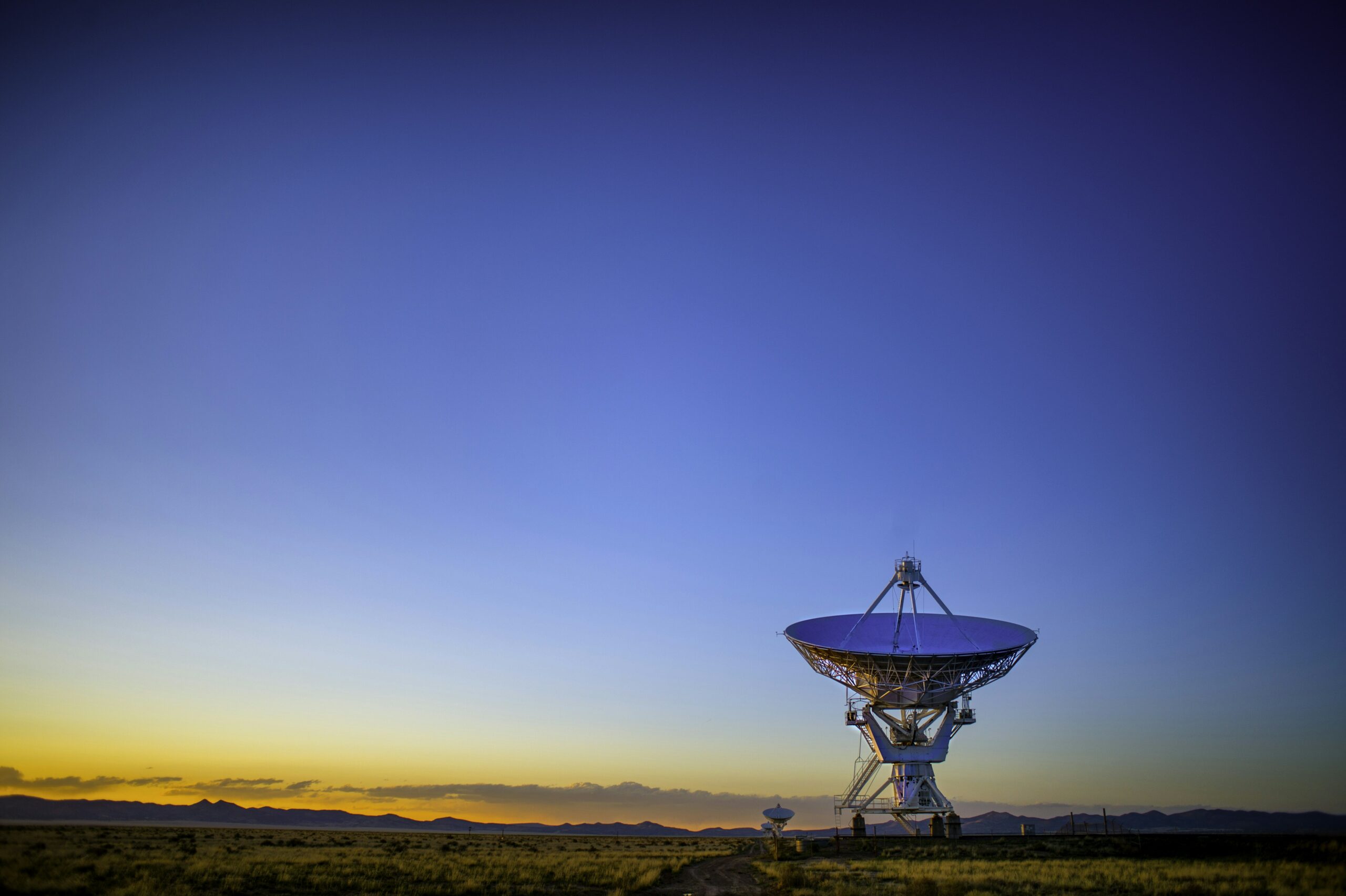Advancements in Biometric Identification Systems
Biometric technology has come a long way since its inception. From traditional fingerprint recognition to more advanced systems like facial recognition and iris scanning, the evolution has been remarkable. The early stages of biometric technology were characterized by limited accuracy and high error rates, but continuous research and development have led to significant improvements in both performance and reliability.
As technology has advanced, biometric systems have become more integrated into various aspects of daily life. Industries ranging from security and law enforcement to healthcare and finance have embraced biometric technology for authentication and identification purposes. With the continuous innovations and enhancements in biometric algorithms, hardware, and software, the future holds even more exciting possibilities for this rapidly evolving field.
Types of Biometric Data Used for Identification
Biometric data utilized for identification purposes can vary widely, ranging from fingerprints to facial recognition. Fingerprints are one of the most commonly used biometric identifiers due to their unique patterns that are specific to each individual. Facial recognition technology, on the other hand, analyzes facial features such as the distance between eyes or the shape of the nose to verify a person’s identity.
Beyond fingerprints and facial recognition, other types of biometric data include iris scans, voice recognition, and even DNA analysis. Iris scans involve capturing the intricate patterns of the iris, which are distinct for each person. Voice recognition technology uses the unique vocal characteristics of an individual for authentication. DNA analysis, although less commonly used due to its invasive nature, provides the most accurate form of identification as it is highly specific to each person.
• Fingerprints are one of the most commonly used biometric identifiers
• Facial recognition technology analyzes facial features for identification
• Iris scans capture unique patterns of the iris for authentication
• Voice recognition technology uses vocal characteristics for verification
• DNA analysis provides highly accurate identification but is less commonly used
Accuracy and Reliability of Biometric Systems
Biometric systems have gained significant attention due to their promise of accurate and reliable identification methods. The accuracy of biometric systems is crucial in determining the effectiveness of such technology. These systems rely on unique biological characteristics, such as fingerprints or facial features, to verify an individual’s identity. However, challenges may arise in scenarios where the biometric data is compromised or altered, leading to potential inaccuracies in identification.
In addition to accuracy, the reliability of biometric systems plays a vital role in their overall functionality. The reliability of a biometric system refers to its consistency in providing accurate results over time. Factors such as environmental conditions, hardware quality, and data processing algorithms can impact the reliability of these systems. Thus, ongoing research and development are essential to enhance the accuracy and reliability of biometric technology for varied applications, including security, access control, and identity verification.
What is the evolution of biometric technology?
Biometric technology has evolved from simple fingerprint recognition to more advanced systems that include facial recognition, iris recognition, and voice recognition.
What types of biometric data are used for identification?
Biometric data used for identification can include fingerprints, facial features, iris patterns, voice patterns, and even gait analysis.
How accurate and reliable are biometric systems?
Biometric systems are generally considered to be highly accurate and reliable, with error rates much lower than traditional methods of identification such as passwords or PINs. However, the accuracy and reliability can vary depending on the specific biometric technology being used and the quality of the data being captured.

